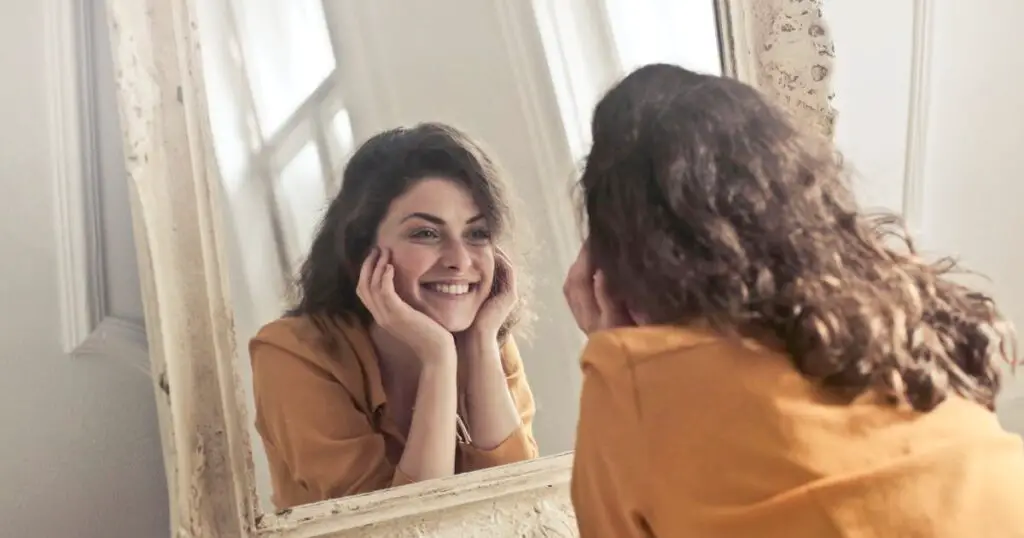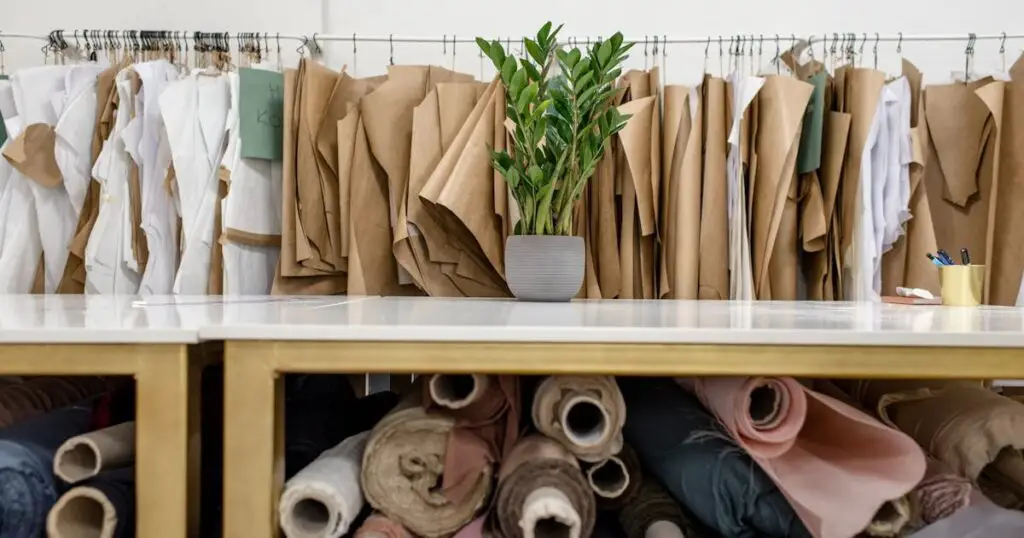Key Takeaway: The 1960s fashion revolution was driven by youth culture, the rise of boutique shops, and unconventional trends, creating a dynamic era that continues to inspire modern fashion and cultural identities.

Welcome to our article on what influenced 1960s fashion! Whether you’re a local resident or a cultural enthusiast, we invite you to take a trip down memory lane as we delve into the world of 1960s style.
In this article, we’ll be exploring the three main factors that shaped the fashion scene during this iconic decade: the rise of youth culture, the emergence of boutique shops, and society’s growing obsession with pushing boundaries.
Get ready to discover how these elements came together to create the vibrant and unconventional fashion trends that still influence styles today.
The Invention of Youth Fashion
The 1960s was a time of significant cultural shifts, especially in terms of youth culture. With the end of World War II and the economic boom that followed, young people had more disposable income and freedom than ever before.
This newfound sense of independence led to the rise of youth fashion as a form of self-expression and rebellion against traditional styles. As teenagers began to reject their parents’ conservative tastes, they looked for new ways to dress that reflected their desire for individuality.
One key aspect of this shift was the emergence of youth-oriented magazines and television shows, such as Seventeen and American Bandstand. These media outlets showcased the latest trends and provided a platform for young people to express themselves through fashion.
The influence of popular culture, particularly music and film, also played a significant role in shaping youth fashion during this time.
New Shops for New Fashions
As youth fashion gained popularity, traditional department stores struggled to keep up with the ever-changing trends. This opened up opportunities for smaller boutique shops to emerge and cater specifically to the younger market.
These boutiques offered unique, often handmade designs that reflected the unconventional tastes of their young clientele.
One notable example is the iconic Biba boutique in London, which quickly became a hub for fashion-forward individuals looking to stand out from the crowd. With its psychedelic decor and affordable yet stylish clothing, Biba encapsulated the essence of 1960s fashion and attracted customers from all over the world.
The Reign of the Boutique
As boutique culture flourished in the 1960s, it also gave rise to a new type of designer: independent, avant-garde artists who rejected traditional fashion norms. These designers created bold and daring pieces that challenged societal expectations and pushed boundaries.
Their unconventional designs reflected a desire for freedom and individuality, a theme that was prevalent throughout the decade.
One notable example is fashion designer Mary Quant, who revolutionized women’s fashion with her mini skirts and vibrant prints. Her designs embodied the rebellious spirit of the 1960s youth culture and became synonymous with the decade itself.
An Unnatural Obsession
The 1960s was also a time of increasing societal obsession with pushing boundaries and challenging social norms. This mindset extended to fashion, leading to unconventional trends like men’s bell-bottom pants and women’s braless dresses. The use of bold colors, patterns, and textures further reflected this desire to break away from traditional styles.

The emergence of the hippie movement also played a significant role in shaping unconventional fashion trends during this time. The hippies rejected mainstream society and its values, opting for more natural and free-spirited lifestyles.
This ethos was reflected in their clothing choices, with flowy garments, tie-dye patterns, and fringed accessories becoming popular.
FAQs: What Influenced 1960s Fashion
Was there a particular event or person that influenced 1960s fashion?
The rise of youth culture, boutique shops, and the societal obsession with pushing boundaries all played significant roles in shaping 1960s fashion. However, the impact of popular culture, particularly music and film, cannot be understated as they served as sources of inspiration for many trends during this decade.
Did all youth in the 1960s dress the same way?
No, there were various subcultures within the youth movement, each with its unique style. Some embraced more traditional looks, while others favored bold and unconventional designs.
Are any 1960s fashion trends still relevant today?
Yes, many trends from the 1960s continue to influence modern fashion. Examples include mini skirts, psychedelic prints, and the use of bold colors and patterns. The spirit of individualism and self-expression that defined 1960s fashion also continues to resonate with many people today.
Conclusion
The influence of youth culture, boutique shops, and society’s obsession with pushing boundaries all came together to shape the vibrant and unconventional fashion trends of the 1960s. This decade marked a significant shift in societal attitudes towards fashion, paving the way for more diverse and expressive styles in the years to come.
We hope this article has given you insights into what influenced 1960s fashion and how it continues to impact our world today. So next time you rock a mini skirt or don a bold print, remember the rebellious spirit of the 1960s that made it all possible. Keep pushing boundaries and expressing yourself through fashion!


Leave a Comment
You must be logged in to post a comment.